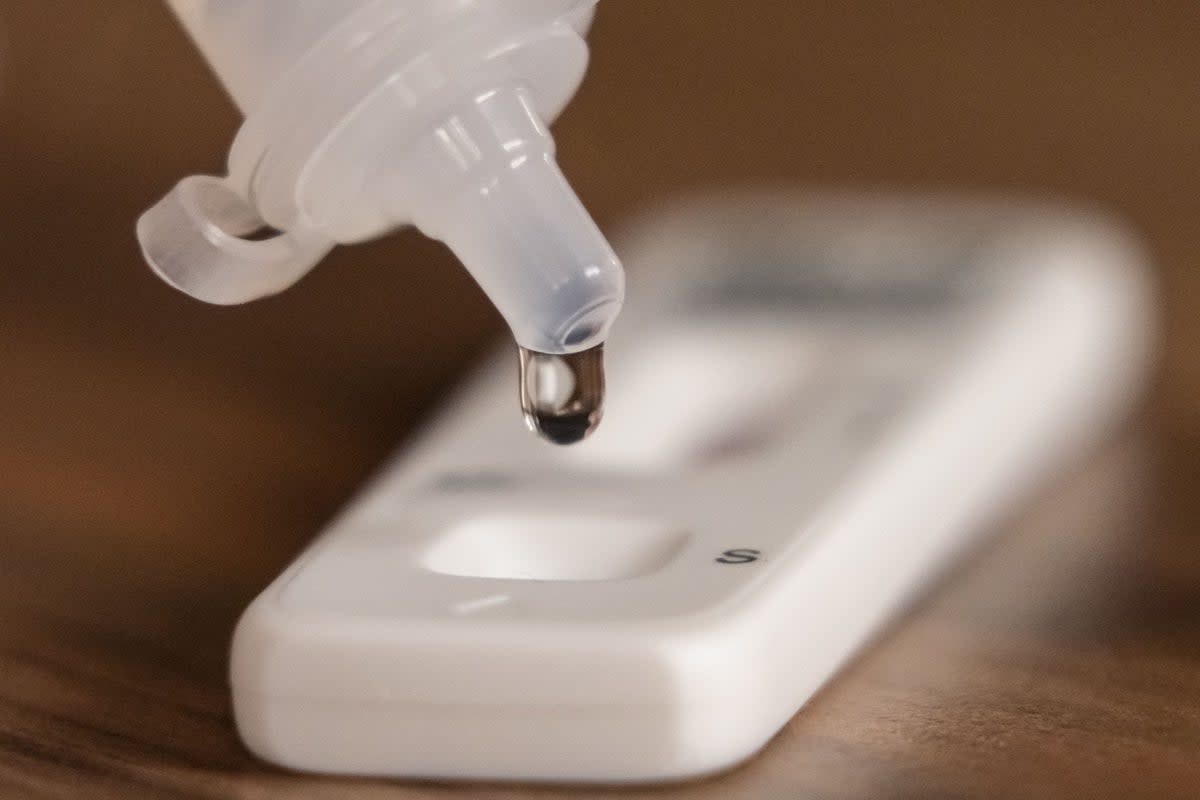FLiRT Covid variant: What we know about strain that is spreading in UK

A new Covid-19 variant on the rise in the US has made its way to the UK.
Hospital admissions have gone up by 24 per cent in the previous week in the UK, and many people attributed the increase to the new variant KP.3.Together with other variants, the new variant, which is a subvariant of the highly contagious Omicron strain, accounts for more than 69 per cent of cases in the US.
By June 8, 33.1 percent of Covid illnesses in the US were caused by KP.3.
The set of novel Covid viral strains that surfaced in April are referred to as the FLiRT variants (the technical names for their two mutations).
Here is what we know so far about this new variant.
What is the new variant?
The new variant has been called FLiRT after the technical name for its mutation and it is FLiRT that is behind the KP.3, KP.2 and KP.1.1 variants.
Dr Thomas Russo of the University of Buffalo told Prevention: “These are part of the Omicron family. They’re like siblings.”
Other than the fact that it is now accounting for one quarter of all US cases, there is not much more known about the new strain.
Has FLiRT been found in the UK?
The UK Health Security Agency (UKHSA) reported that the rate of Covid hospital admissions rose by 24 per cent in the week ending on Sunday (June 23), from 2.67 per 100,000 people to 3.31 per 100,000 people, with many people attributing this to the new varient, KP.3.
The statistics, according to Warwick University virologist Professor Lawrence Young, should act as a wake-up call for anyone who believe the virus has disappeared.
Talking to i newspaper, he said: “The virus hasn’t gone away and is certainly not a seasonal infection. A combination of new, more infectious virus variants and waning immunity is very likely contributing to these increased levels of infection.
“The hope is that this will not result in a big wave of infection but we need to keep a close watch.”
There are currently no Covid rules put in place for the UK; however, if you do test positive the government suggests you stay at home.
What are the symptoms of FLiRT Covid?
There is nothing distinguish symptoms of FLiRT from other Covid infections, Dr William Schaffner told Prevention, and patients do not generally find out what variant they have of the virus.
What are common Covid symptoms generally?
There are many symptoms, but according to the NHS, the most common are:
a high temperature or shivering (chills) – a high temperature means you feel hot to touch on your chest or back (you do not need to measure your temperature)
a new, continuous cough – this means coughing a lot for more than an hour, or three or more coughing episodes in 24 hours
a loss or change to your sense of smell or taste
shortness of breath
feeling tired or exhausted
an aching body
a headache
a sore throat
a blocked or runny nose
loss of appetite
diarrhoea
feeling sick or being sick
How long does long Covid last?
Most people with Covid-19 feel better within a few days or weeks of their first symptoms and make a full recovery within 12 weeks, the NHS said.
Other effects can last longer: these can include shortness of breath, dizziness and joint aches or pins and needles.The length of time someone typically suffers from long Covid is not known due to how recent the virus is but, according to News Medical Life Sciences, the symptoms do improve after two years.


